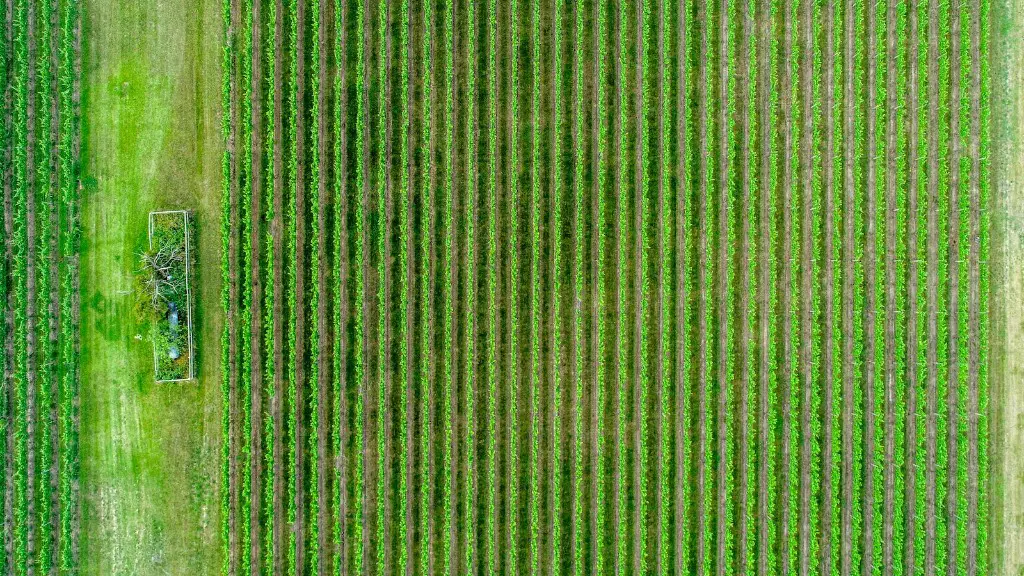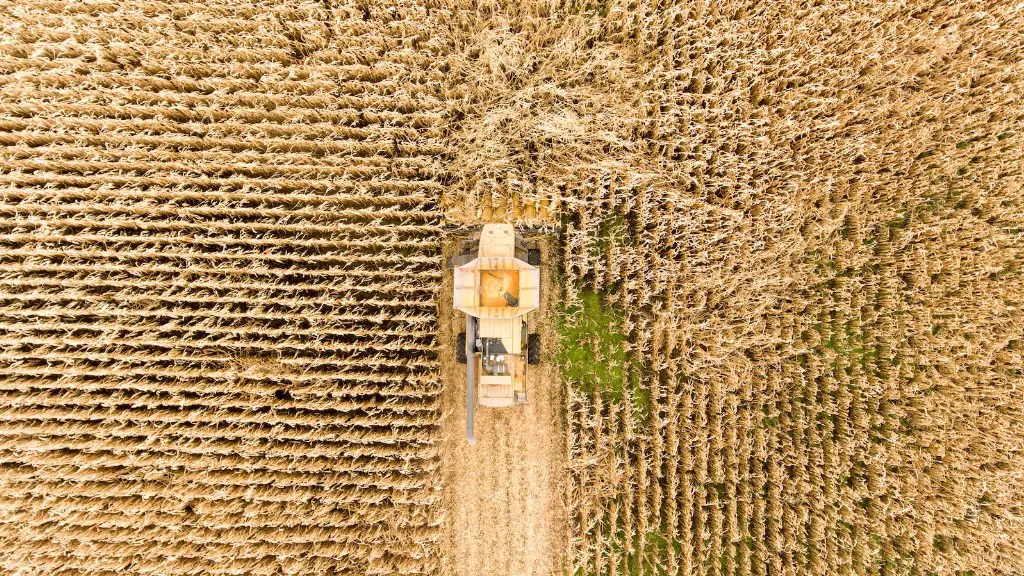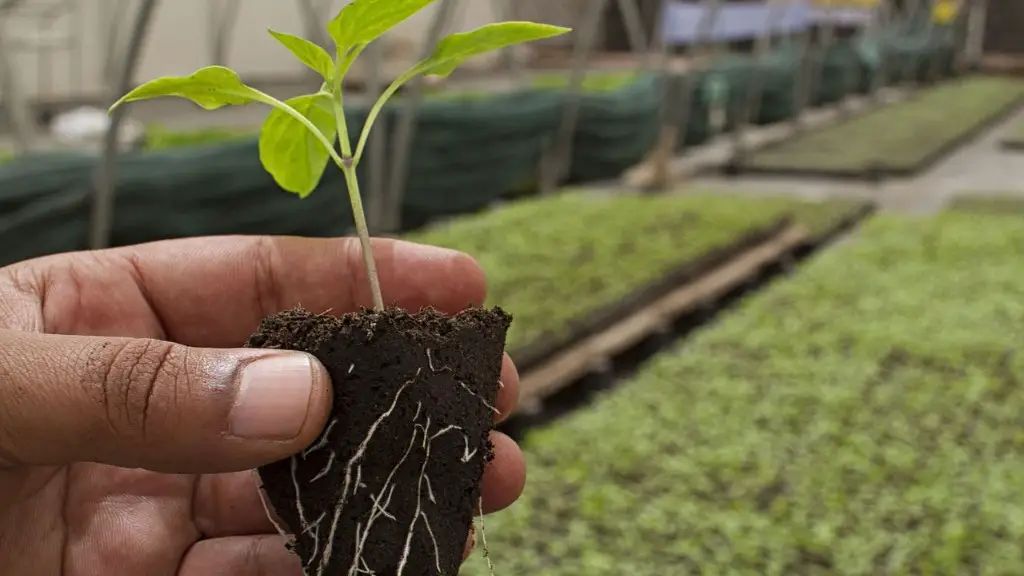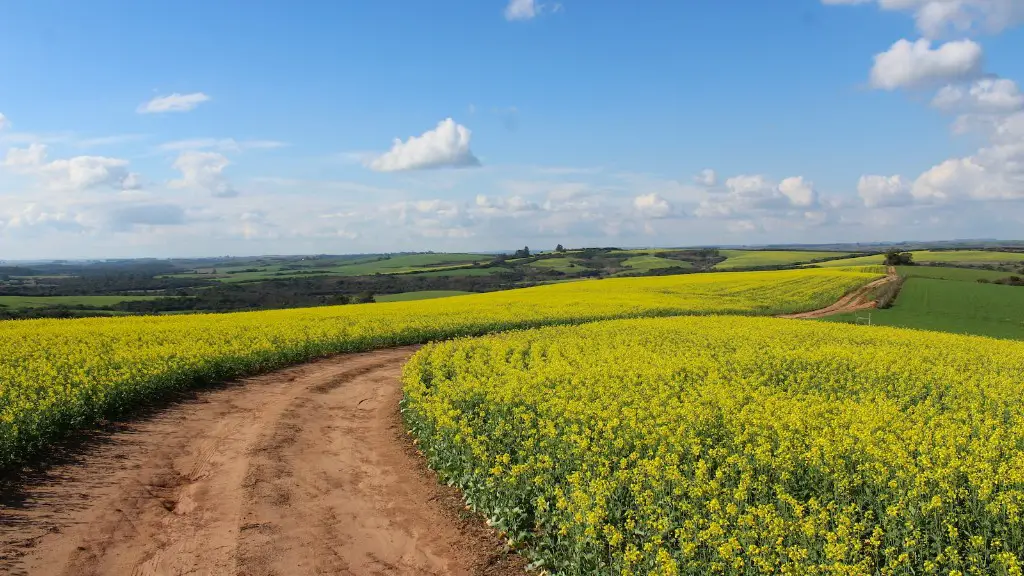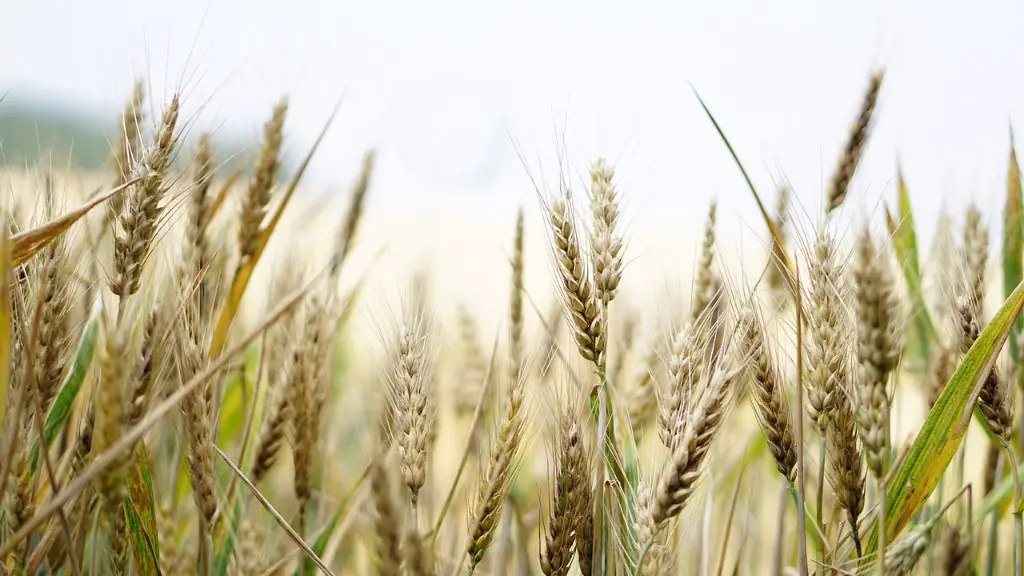Farming and agriculture are two terms that are often used interchangeably, but there are some subtle differences between the two. Agriculture is generally defined as the production of food and other crops, while farming refers to the actual process of cultivating the land and raising the crops. Both agriculture and farming are essential to the human food supply, and together they form the basis of the global food industry.
Farming refers to the activity of cultivations, while agriculture refers to the science and art of producing crops. Farming usually refers to food production, while agriculture may also include other activities such as animal husbandry, forestry, and fisheries.
What’s the difference between agriculture and farming?
Agriculture is the process of producing food, feed, fiber and other desired products by the cultivation of certain plants and the raising of livestock. Agriculture is a vital part of the human experience and has been around for millennia. From small family farms to large commercial operations, agriculture plays a vital role in our world.
Farming is an agricultural process that involves the management of a biological process, such as growing crops or raising livestock, for the purpose of harvesting products or reproducing a biological means of production. Farming is a vital part of the agricultural industry and has a significant impact on the economy, food security, and the environment.
What is the agriculture
Agriculture is the art and science of cultivating the soil, growing crops and raising livestock. It includes the preparation of plant and animal products for people to use and their distribution to markets. Agriculture provides most of the world’s food and fabrics.
The goal of agriculture is to produce food, fiber and other desired products in a sustainable and efficient manner. To be sustainable, agriculture must be able to meet the needs of the present generation without compromising the ability of future generations to meet their own needs. To be efficient, agriculture must use resources in the most productive way possible.
The challenge of agriculture is to produce more food with fewer resources. Land, water, energy and labor are all finite resources. In addition, the world’s population is growing, which means that there is an increasing demand for food. Agriculturalists must find ways to produce more food with fewer resources.
One way to increase food production is to increase the yield of crops. This can be done through the use of more productive seeds, more efficient irrigation systems, and better management practices. Another way to increase food production is to expand the amount of land used for agriculture. This can be done through the conversion of forest land to agricultural land.
Agriculture is essential to
A crop is an agricultural product that is grown, harvested, or collected. Common crops include wheat, cotton, fruit, honey, and dairy cows. A farmer is a person who earns a living by farming, especially one who manages or operates a farm.
What are the 4 types of agriculture?
Agriculture is the science and art of cultivating plants and livestock. It includes the cultivation of crops, the raising of livestock, and the production of agricultural products.
There are four main branches of agriculture: livestock production, crop production, agricultural economics, and agricultural engineering.
Livestock production deals with the raising of animals for food, fiber, or other purposes. Crop production deals with the cultivation of plants for food, fuel, or other purposes. Agricultural economics deals with the economic aspects of agriculture, including the markets for agricultural products, the economics of land use, and the costs of production. Agricultural engineering deals with the design and construction of agricultural machinery and equipment, and the development of agricultural systems and methods.
subsistence farming:
Subsistence farming is a type of agriculture where farmers grow crops and raise livestock for their own needs, rather than for sale. This type of farming is often associated with poverty, as farmers may not have the resources or land to produce enough food to sell. subsistence farming is often the only option for farmers in developing countries.
What are the 3 types of farming?
There are many different types of farms, each with its own unique set of characteristics. Aquaculture farming, for example, is a type of farming that focuses on raising fish, shellfish, and other aquatic creatures in a controlled environment. Cooperative farming is another type of farm that is owned and operated by a group of people, often with the goal of pooling resources and labor. Hay farming is a type of farm that primarily produces hay, which is then used for animal feed or bedding. Organic farming is a type of farm that uses no synthetic chemicals or pesticides, instead relying on natural methods to grow crops and raise livestock. Urban farms are a type of farm that is located in and around cities, often on vacant lots or rooftops. Nomadic farming is a type of farming that follows a migratory pattern, moving from one location to another in search of new land or water sources. Sedentary farming is a type of farming that is entrenched in one location, often due to the presence of permanent structures or a lack of suitable land for migration. Intensive farming is a type of farm that uses large amounts of land, labor, and capital in order to produce high yields.
Agriculture is the science or occupation of cultivating land and rearing crops and livestock. It is a vast field with many different landscape ecologies and climates in which different types of plant and animal species can grow. Agriculture is vital to the survival of humans and other animals, as it provides food and other resources.
What are the 6 types of farming
1. Subsistence farming:
Subsistence farming is a type of agriculture where farmers grow crops and raise livestock for their own needs, rather than for sale. This type of farming is often seen in developing countries where families may not have access to markets for selling their produce. In some cases, subsistence farmers may also sell surplus crops or livestock in order to earn cash.
2. Intensive subsistence farming:
Intensive subsistence farming is a type of subsistence farming in which farmers use high levels of labor and technology in order to produce large amounts of food. This type of farming is often seen in areas with high population densities, where farmers must maximize their food production in order to feed everyone.
3. Primitive subsistence farming:
Primitive subsistence farming is a type of subsistence farming that uses simple tools and technologies. This type of farming is often seen in remote areas or in developing countries where access to modern technology is limited.
4. Shifting cultivation:
Shifting cultivation is a type of subsistence farming in which farmers clear a piece of land, cultivate it for a few years, and then move on to a new piece of land. This type of farming is often seen in tropical areas where the soil
Farming is an agricultural process that involves activities like planting, harvesting, and raising livestock. There are different types of farming, each with its own unique set of characteristics. The most common types of farming are dairy farming, commercial farming, plantation farming, commercial grain farming, commercial mixed farming, primitive subsistence farming, and intensive subsistence farming.
What is farming simple answer?
Farming is a great way to describe the lifestyle and work of people whose jobs are in the agriculture industry. Farming is the act or process of working the ground, planting seeds, and growing edible plants. You can also describe raising animals for milk or meat as farming.
Agriculture is a major driver of economic growth and development. It is the cornerstone of human existence, providing food and industrial raw materials. As such, it plays an important role in boosting economic activity in other sectors of the economy. Agriculture is a key sector in ensuring sustained and inclusive economic growth.
What are 5 important of agriculture
The agricultural sector is of utmost importance as it is the primary source of food for humans and livestock. It is also a major source of employment for people across the globe. The sector is responsible for the production of a wide range of food items and raw materials that are used in various industries. Agriculture is also a major contributor to the economy of any country.
Industrialized agriculture is a type of agriculture that relies heavily on technology and machines. This type of agriculture is typically found in developed countries, where farmers have access to the latest technology and equipment. One advantage of industrialized agriculture is that it can produce large quantities of food. However, this type of agriculture can also have negative impacts, such as environmental pollution and the overuse of natural resources.
Subsistence agriculture is a type of agriculture that is typically found in developing countries. Farmers in these areas typically grow food for their own families, rather than for the market. One advantage of subsistence agriculture is that it is often more sustainable than industrialized agriculture. However, subsistence agriculture can also have negative impacts, such as low crop yields and poor working conditions.
What is the most popular agriculture?
The most widely cultivated agricultural commodities worldwide are: cow milk, sugar cane, corn, wheat, rice, and potatoes. Each of these crops is vital to the global food supply, and the farmers who grow them play a critical role in feeding the world.
Farming is a critical part of food production and livelihoods around the world. There are many different types of farming that are practiced, each with its own advantages and challenges.
1. Arable Farming: This type of farming is focused on the cultivation of crops, typically on large tracts of land. Arable farming is popular in regions with temperate climates and is a major source of food production globally.
2. Pastoral Farming: This type of farming is focused on the raising of livestock, typically on rangeland or pastureland. Pastoral farming is prevalent in regions with dry climates, and can be either subsistence-oriented or commercial in nature.
3. Mixed Farming: This type of farming combines both crops and livestock, typically on smaller tracts of land than arable or pastoral farming. Mixed farming is common in regions with variable climates, and can be either subsistence-oriented or commercial in nature.
4. Subsistence Farming: This type of farming is focused on the production of food for self-consumption, typically on small plots of land. Subsistence farming is prevalent in regions with harsh climates and is often the only option for food production in these areas.
5. Commercial Farming: This type of
What are 5 types of farms
There are many different types of farm operations, which can be classified into the following categories: grain and oilseed farms, potato farms, other vegetable and melon farms, fruit and nut farms, greenhouse, nursery and floriculture farms, other crop farming, beef cattle ranching and farming, including feedlots, and dairy cattle and milk production farms.
There are five major branches of agriculture: agronomy, horticulture, agricultural engineering, animal science, and agricultural economics. Each branch focuses on a different aspect of agriculture, from growing crops to raising livestock.
Warp Up
Farming and agriculture are the practices of cultivating plants and animals for food, fiber, and other products. Agriculture is the science, art, and business of producing food, feed, and other crops. Farming is the actual physical and managerial activity of cultivating crops and raising livestock.
Farming and agriculture are two of the most important industries in the world. They provide us with food and other products that we use in our everyday lives. without them, we would not be able to survive.
